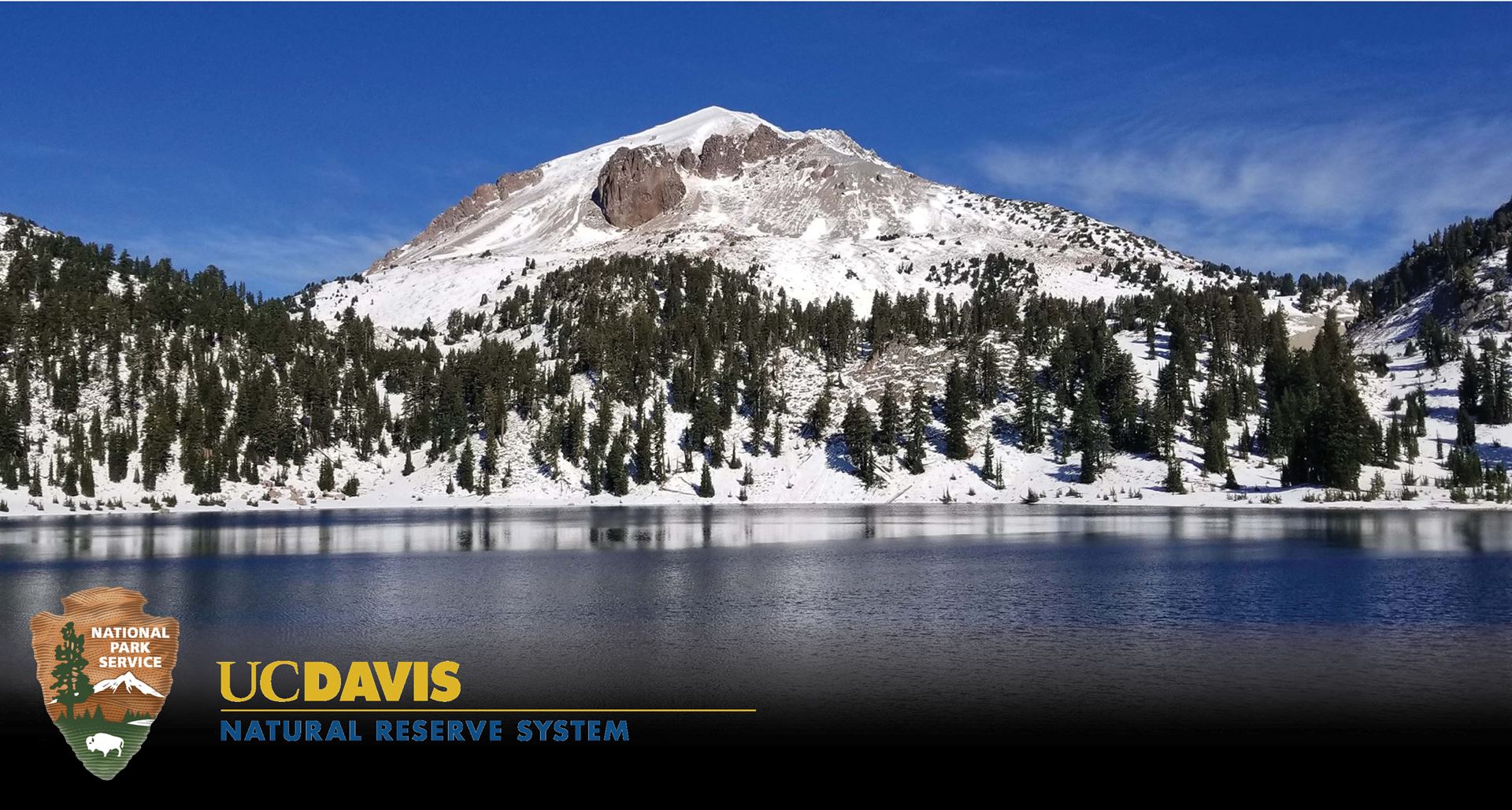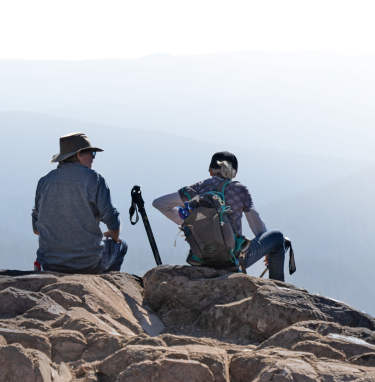News
Lassen Volcanic National Park Partners with University California, Davis to Join the Natural Reserve
Posted May 28, 2019Lassen Volcanic National Park is excited to announce a new partnership with the University of California, Davis (UC Davis) which will incorporate the park into the University of California’s Natural Reserve System. The addition marks the sixth UC Davis Natural Reserve in a system that now spans Northern California from its alpine forests and across grassland prairies to the shores of Bodega Bay. It is among 41 reserves in the UC-wide reserve system.

Modeling both the National Park Service Research Learning Centers and the UC’s Field Stations, the new field station will be based at Lassen’s headquarters in the Tehama County town of Mineral. This partnership also expands UC Davis’s presence in an underserved region in northeast California. “This field station is part of a much larger gateway to other managed forest lands,” said Jeffrey Clary, associate director of the UC Davis Natural Reserve System. “In some ways, it’s not just the park but the region that is becoming available. We are all really excited to have more research in that part of the state.”
Lassen park staff and UC Davis researchers plan to make science education opportunities available to the community through hikes and talks led by visiting researchers. “The park already has a number of programs tying local schools to park-based learning experiences, and we want to loop in researchers at the new field station to share their knowledge with this public,” Lassen Volcanic Park Superintendent Jim Richardson said. “It’s exciting to bring the expertise of these scientists into our mix, with each partner contributing their strengths.”
“The Lassen Field Station fills a big ecological and geographical gap in the UC Natural Reserve System and extends UC Davis field stations into completely new ecosystems,” said Professor Andrew Latimer in the UC Davis Department of Plant Sciences. “Access to this whole gradient—from the tree line to the tideline—is important for studying how the state’s ecosystems change and shift in response to rising temperatures and increasingly variable rainfall.”
www.nps.gov

